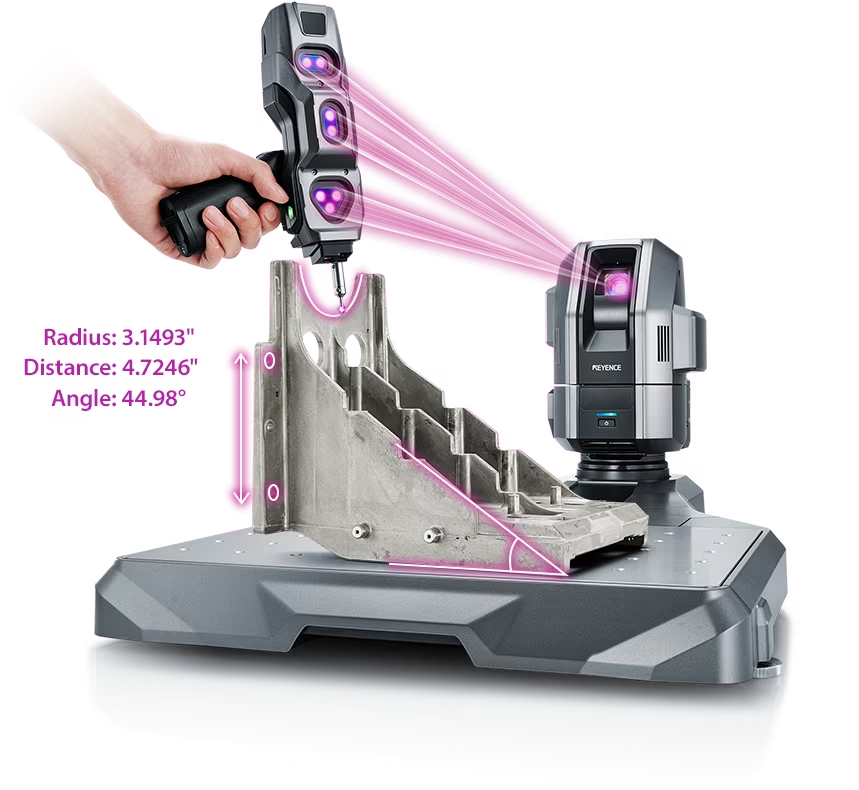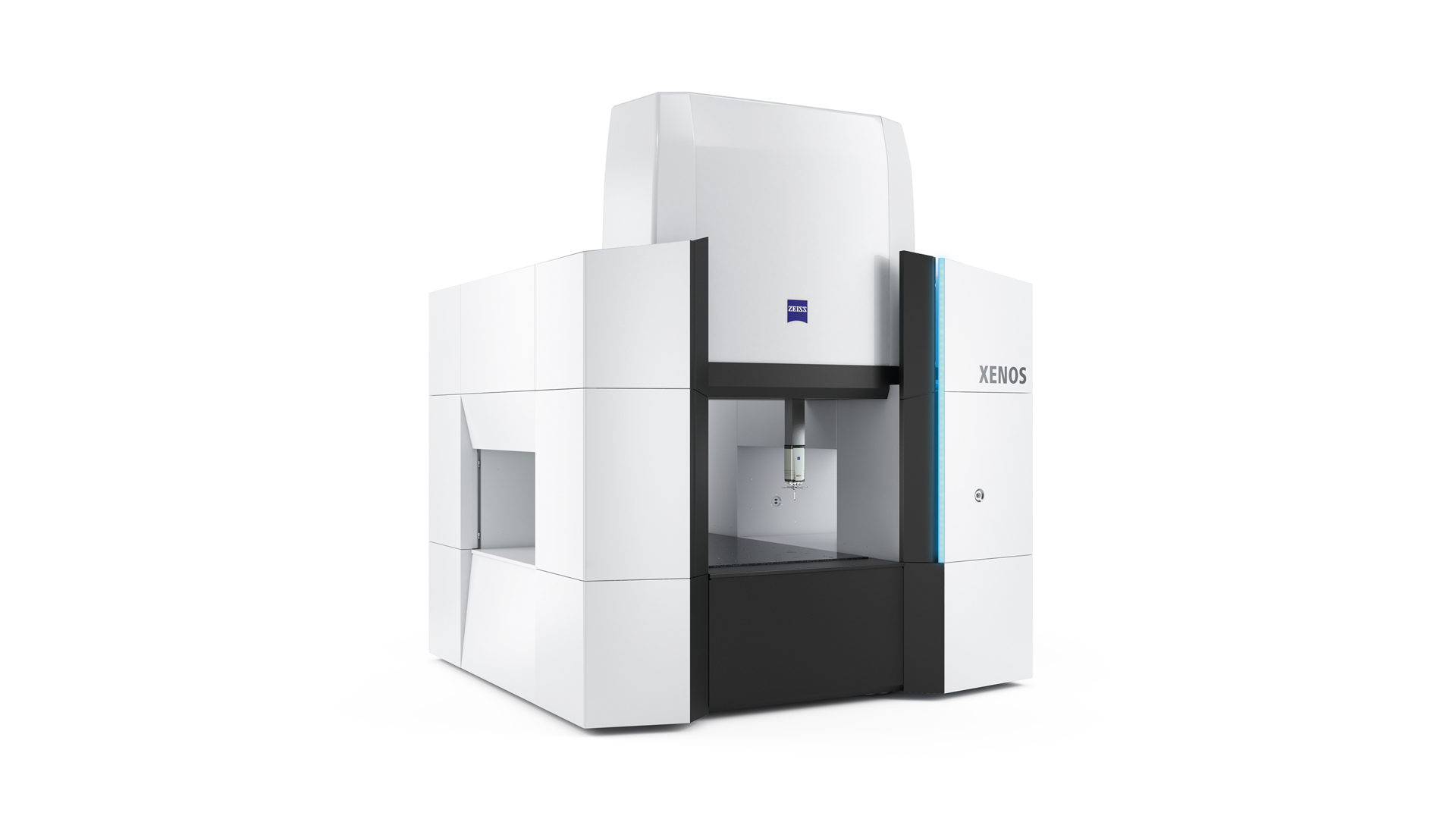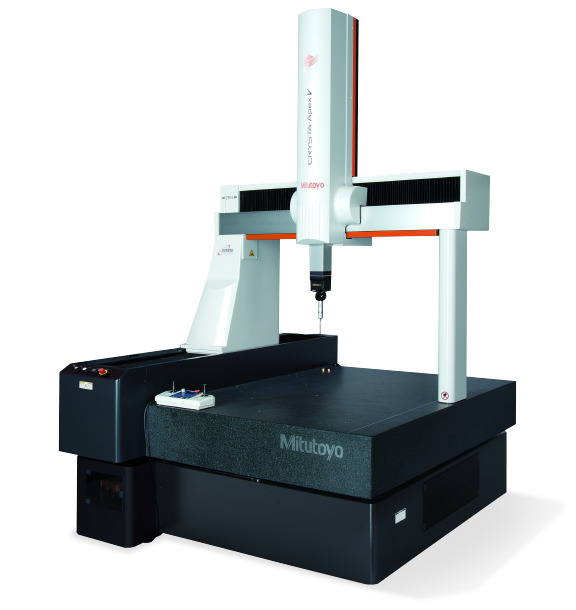

When introducing CMMs, it's essential to consider both their advantages and disadvantages. In this section, we explain the advantages and disadvantages of introducing CMMs.

A significant advantage of introducing a CMM is the improvement in product accuracy. It can measure not only dimensions like height, width, and depth but also complex 3D shapes. Given today's increasing demands for product quality control, dimension inspection and measurement are crucial processes in manufacturing machine parts.
Compared to measurement methods using hand tools and a granite surface plate, the CMM takes only a fraction of the time to complete measurements. This reduces measurement-related downtime and can contribute to shorter delivery times.
More detailed measurement results make post-measurement work and processing easier. Since the CMM itself is equipped with advanced measurement technology, even individuals with little experience in measurement can perform the work, and the likelihood of human error is reduced.
A major disadvantage of introducing CMMs is the cost involved. Although it depends on the type of CMM, the larger and more accurate the machine, the more expensive it is to install. In some cases, the initial cost may reach tens of millions of yen.
Additionally, maintaining the measurement accuracy of a CMM requires regular maintenance from the manufacturer and calibration of the probe. Therefore, ongoing maintenance costs must also be considered, not just the initial acquisition cost.
Another disadvantage is the difficulty in securing an appropriate location. For measuring machines designed for large workpieces, it is necessary to secure a fairly large space with temperature control to ensure more accurate measurements.
There are also other disadvantages, such as the inability of some CMMs to measure certain items and the difficulty of performing continuous measurements at high speeds.
When introducing a CMM, there are several points to consider:
Among these, ensuring high measurement accuracy is crucial. Regardless of the application, if the measurement accuracy is not high, introducing a CMM will not be worthwhile. The higher the measurement accuracy, the more consistent and reliable the products can be manufactured.
Check the points to consider when introducing a CMM, and choose a machine that will bring noticeable improvements. On this page, we introduce CMMs that are easy for anyone to operate, without requiring a controlled temperature environment or specialized knowledge and skills for setup and measurement.

Source: KEYENCE Website(https://www.keyence.com/products/measure-sys/cmm/xm/index_pr.jsp)
This CMM has a caliper-like feel, enabling even beginners to perform high-precision measurements. It can be carried without the need for temperature control, allowing for immediate measurements at any desired location and time. As it doesn't require a large installation space, it's a CMM with a low entry barrier.

Source: Carl Zeiss Website(https://www.zeiss.com/metrology/products/systems/cmm.html)
Utilizing linear drive on all axes, this CMM boasts high precision with a maximum permissible length measurement error of 0.3+L/1000μm, repeatability of ±0.2μm, and resolution of 0.001μm. The reduced occurrence of errors allows for a decrease in the need for remeasurement.

Source: Mitutoyo Website(https://www.mitutoyo.com/products/coordinate-measuring-machines/)
A CNC CMM that was first developed in 1976.
It features applications that respond to the demand for "Smart Factories" by allowing monitoring of operational status and maintenance management of the machine through the network.
Reasons for Selection